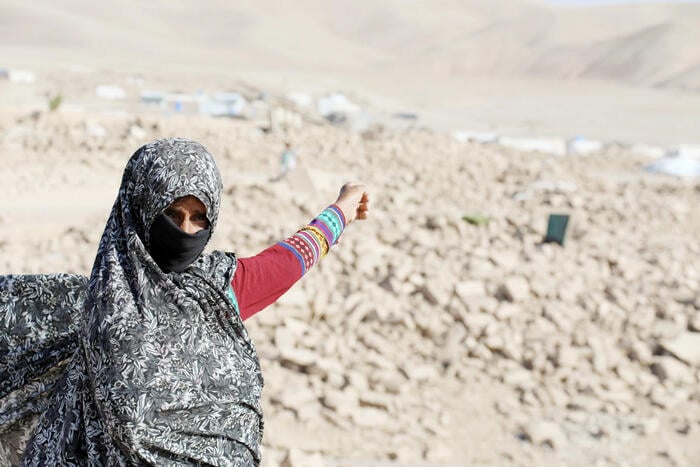Global Multidimensional Poverty Index 2024: Urgent Call for Action in Conflict-Affected Areas

The Global Multidimensional Poverty Index (MPI) 2024 report reveals that approximately 1.1 billion people worldwide live in multidimensional poverty, with alarming disparities exacerbated by conflict. The report highlights the urgent need for targeted interventions to address the intertwined issues of poverty and violence.
According to an article published by reliefweb, among the 1.1 billion impoverished individuals, 455 million reside in conflict-affected countries, where poverty rates are nearly three times higher than in more stable regions. Over half of the poor—approximately 584 million—are children under 18, who represent 27.9% of all children globally, compared to 13.5% of adults. The MPI report emphasizes that children in conflict areas face significantly worse conditions, with 17.7% lacking access to education, 20.8% experiencing malnutrition, and an alarming child mortality rate of 8%.
Access to basic needs is severely compromised in conflict zones. More than 25% of the poor in these areas lack electricity, while sanitation and adequate housing are also critical issues, with 828 million lacking proper sanitation facilities and 886 million living in inadequate housing. The case of Afghanistan is particularly troubling; from 2015/16 to 2022/23, an additional 5.3 million people fell into multidimensional poverty, resulting in 64.9% of Afghans living in poverty.
While some progress has been made, with 76 out of 86 countries reducing poverty significantly in at least one period, the COVID-19 pandemic has stunted progress for many.
Meanwhile, UNICEF emphasizes that people living in poverty face daily stigma and discrimination, being three times more likely to experience discrimination than those facing challenges related to age, gender, religion, or disability. This stigmatization hampers their access to essential services, leaving them feeling powerless and excluded.
UNICEF advocates for inclusive social protection programs and quality health and education services to break the cycle of poverty and build resilience in families.





